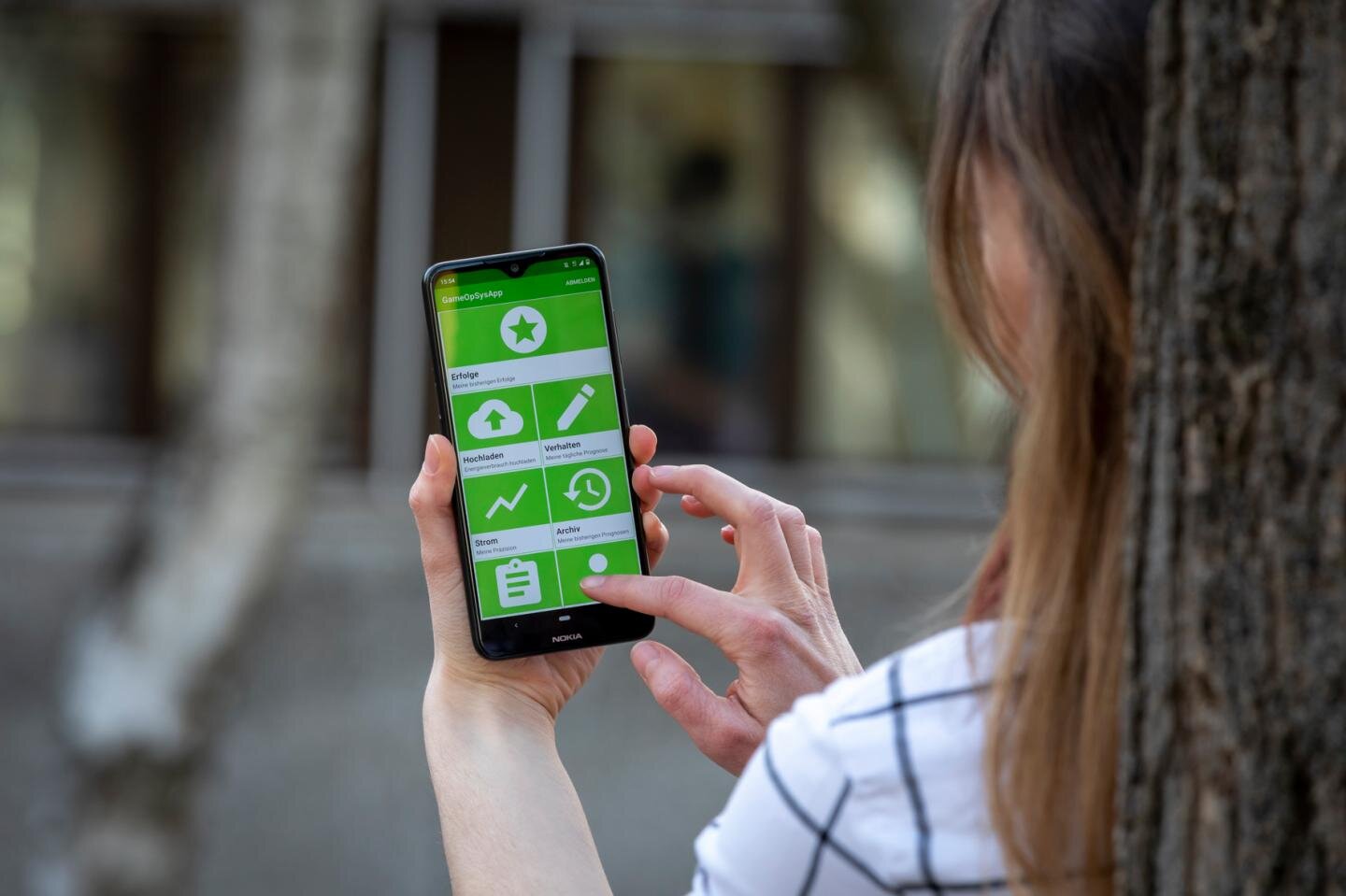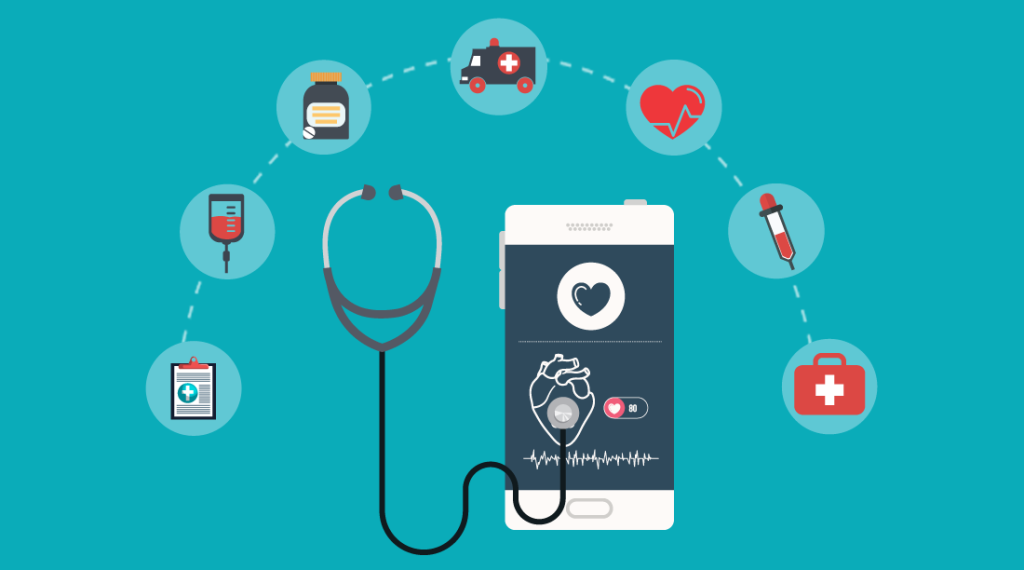
Mobile apps are particularly transformative because they are packed with innovative features that enable energy companies to streamline operations, monitor infrastructure, track inventory, and engage with customers in new ways.
Mobile apps: The transformation of energy and efficiency
Here we take a closer look at how energy and utility companies are using mobile apps to simplify a wide range of tasks and improve the customer experience.
-
To streamline work processes and improve service delivery
Traditionally, team members rely heavily on spreadsheets and paper files, making communication and collaboration on projects difficult. Sending requests quickly and getting responses in a timely manner has been a challenge, especially when it comes to inspecting infrastructure or replacing faulty/faulty utilities (street lights, power lines, electrical circuits, etc.) On the floor.
But thanks to mobile applications, energy utility companies can monitor infrastructure, request orders and track updates in a timely manner, thus improving service delivery. Field workers now have easy access to remote functions such as document management, inventory management and map updating.
Ultimately, this helped streamline the field workflow and reduce the amount of control required.
-
Attract users
Mobile applications enable energy utility companies to connect with their customers in new and better ways.
You can use features like social media features, mobile content management features and blogging features. Professionals can easily advise on how to increase efficiency and reduce costs.
In addition to this, utilities can use other features such as news feature, online chat, fan wall, to communicate with customers in case of scheduled maintenance or latest development
The Northern Virginia Electric Cooperative (NOVEC), for example, used the iBuildApp platform to create a mobile app to provide additional convenience and information to customers, especially during extreme weather and emergencies.
This application allows customers to:
- Log in to view account information
- Report outages.
- Read emergency alerts
- Read the news papers
- Take pictures of the damage
- Pay with EZ-Pay.
Call or email the NOVEC Support/NOVEC Maintenance Department or send photos directly of any visible damage to the system such as wires (always from a safe distance!), graffiti on transformers, broken street lights
Essentially, this free app allows users to report accidents and receive maintenance updates seamlessly.
-
Asset tracking and demand matching
Mobile applications help utilities track critical equipment and match asset demand and availability through advanced capabilities such as GPS, Geographic Information System (GIS) technology, and mapping capabilities, thereby increasing profitability To do
For example, by using GPS-enabled mobile apps, organizations can reduce the trucking costs that burden most energy and utility companies, especially when they include fleet maintenance, labor costs and gas, as well insurance costs are reduced.
Some utility companies with thousands of utility poles monitor these poles using the map function of their mobile app. Place each pole on an interactive map so field technicians can easily see its location and status.
-
Advanced data collection
Mobile apps can be a game changer for field service professionals to get accurate customer information in the field. Most utility companies have long relied on clipboards and paper files to store customer data. It’s even worse for field technicians in the dark or in poor conditions.
But thanks to mobile apps, that’s no longer the case. Increasingly, utilities companies are using mobile apps to facilitate data collection.
For utilities with Internet of Things (IoT) connected devices, mobile app capabilities such as Google Forms can be used to collect all sensor data and integrate it into one interface. Unique and easy to use. Analytics enables companies to understand data and prevent problems before they occur.
For example, a system that integrates advanced IoT features and mobile app features (think notifications, analytics and mobile dashboard) can be used by team members in case there are malfunctioning/dead parts that can lead to lost productivity. Let us know before problems happen.
This approach results in significant cost savings, primarily for energy companies.
-
Improving oil and gas exploration processes
As network bandwidth and coverage continue to increase (think 5G technology), mobile devices are becoming more common. He has seen most oil and gas companies adopt mobile apps to improve the flow of information, provide on-demand fuel information, and increase the productivity of field teams.
Let’s take a closer look at some of the ways oil and gas companies can benefit.
- Improve data collection and management, especially with regard to inspections, condition monitoring and evaluations. New technologies such as radio frequency identification (RFID), barcodes, photo capabilities, video capabilities, Google Forms, and more, and mobile apps make it easier to collect and enter data.
In addition, thanks to many advanced features of mobile apps such as GPS and map capabilities, oil and gas companies can now create map overlays that show on the ground, the location of previously discovered gas fields and oil, and even the US Geological Survey (USGS)… shows.) data about the characteristics of a specific site.
- Oil and gas companies have been able to streamline their compliance process with a mobile app that allows them to accurately monitor and easily report regulatory and safety issues. Line managers have real-time access to trusted data, while allowing them to quickly respond to potential compliance or security threats.
- Businesses can now easily manage their workforce. They typically involve hundreds of field technicians working around the world. Use a mobile app to forecast demand and identify, analyze, assign, track and manage employees.
Expect
Many organizations are already on board with the mobility concept, and more are jumping in as mobile apps dominate the conversation today.
We believe that mobile apps can be a good digital strategy when it comes to improving all aspects of energy and utility sector operations.


